Editorial: General Motors Death Watch 206: Antinomianism
Ford CEO Alan Mulally goes to bed every night and prays that GM does a deal for Chrysler. In the morning, Big Al digests his corporate PR brief looking for missives from automotive and Wall Street scribes praising the combination of dumb and dumber. Every afternoon, he reviews Ford’s daily sales figures and wonders when the pain will stop. And soon, he’ll be rewarded with news he wants: his two Motown rivals will be bedding down together. “Thank you God, baby Jesus, and Fritz Henderson,” he’ll whisper to his wife. “Redemption is mine.”
In whatever form it eventually takes, the combination of GM and Chrysler will make Mulally’s job leading Ford out of the wilderness of despair that much easier. If only for one reason (among many): the combination of the first and third North American domestic automakers won’t lead to additive sales of two weaklings together. Ford will gain sales at the expense of its sole remaining domestic rival. And in this market, every incremental unit sold translates into good news, no matter how bad sales stink.
Strange to say, the idea of a GM – Chrysler merger predates the recent carpocalypse. GM’s President and COO Fritz Henderson has been pushing for a combination of the two companies since Daimler first offered it for sale. Fritz reckoned then, and now, that GM will gain additional revenues from selling vehicles with no incremental costs. He’ll merely gut Chrysler’s departments which overlap with those of GM (as in all of them) and reap the savings. Kind of the same as getting more units of production out of a fixed asset base; it does wonders for profits and cash generation. So yes, even with three additional brands, overlapping products (save for minivans and the Jeep Wrangler), little downside exists. The deal pencils. We can do this and save the Goodship GM.
Whether intentionally or not, Fritz has forgotten that any synergies from a Chrysler merger will take years to manifest, if ever. Laying off the bulk of Chrysler’s white collar workforce can’t be done immediately. Those folks at Chrysler know how to operate its systems and support the products and dealers. It might take a year or more to migrate ChryCo ops to GM protocols. In the meantime, parallel systems will have to be maintained. And then it’ll cost a bomb to integrate. So no real savings there from the get-go.
And what about Chrysler’s current product line? How will GM save money there when it controls Chrysler? Are we going to see more rebadged products throughout all eleven brands (or ten if Hummer goes away)? Will GM stores sell Chrysler minivans? How much confusion can exist within the combined brand structure? And how does GM expect to shoehorn GM’s powertrains and parts into existing Chrysler products? Oh wait, we’ll say we can do this but in reality we can’t. So no savings there either.
So we’ll save money on advertising, marketing and PR! Why have two departments at both companies when we can condense them into one? Sure, we’ll buy national advertising promoting our new “Financing Available for Everyone” program at eleven different brands! Maybe we can buy office suppliers cheaper? Oh, and now that we’re so large, we can really browbeat parts suppliers for even more savings! And since Chrysler has little engineering staff left anyways, we’ll get our engineers to work on their products. Except they won’t; talk about a dead end for one’s career within GM!
So as GM absorbs Chrysler– and looks for cost savings, synergies, or other things for a player to be named later– the company will experience an organizational meltdown. Chrysler for certain will go into a tailspin, while GM’s bureaucracy leaps at the opportunity to enlarge fiefdoms and impose its will on the remaining and hapless Chrysler people.
But it also means that the total sales for the combined companies will fall. And that’s the window of opportunity for Ford, its only domestic competitor, currently mired in an even deeper trench of confusion and lack of focus. GM’s capabilities to move even faster on a product rationalization plan and cost savings are now hampered by internal infighting over turf control. No one inside of the new GM can make decisions within the new structure– an already big mess just became even bigger!
Meanwhile, Ford continues on its steady path of resurrecting The Blue Oval. Nothing radical; just continuing its focus on product and marketing. Build the best new truck for real users. Bring over superbly-crafted European designs for the small car market to compete with the Asians. Rethink the SUV/CUV. Work on finding cost savings that don’t cheapen the product. Eliminate internal fiefdoms and make it one Ford. Basic blocking and tackling.
If Ford’s corporate cash can last and keep the lights on long enough, domestic car buyers and maybe even some import buyers will consider Ford for the first time. They’ve got everything they need except time. Meanwhile, it sure helps when your biggest competitor decides to do something really dumb.
More by Ken Elias
Latest Car Reviews
Read moreLatest Product Reviews
Read moreRecent Comments
- SCE to AUX "...to help bolster job growth and the local economy"An easy win for the politicians - the details won't matter.
- Kjhkjlhkjhkljh kljhjkhjklhkjh so now we will PAY them your tax money to build crappy cars in the states ..
- SCE to AUX Yes, I'll miss it, and it doesn't make sense to kill off your 3rd-best seller. 2023 was its best year since 2018.
- SCE to AUX This was the same car I had (05 xB, stick, "camouflage" color) for 7 years - great car.We called ours "The Lunchbox". I added aftermarket wheels, and the 3rd-party cruise control the dealers could install.It suffered only two failures: bad window switch in week 2 (dealer fixed in 1 hour), bad trailing O2 sensor (fixed myself for $70). Fuel economy was always 28-34 mpg.It was a potential death trap, and ride quality became unbearable after 2 hours. I once did a 10-hour round trip in it and could barely walk after.Traded it for a 2012 Leaf, which was a better car in some ways.
- Bd2 The "e" nomenclature signifies the e-ATPs which BMW is pursuing.



















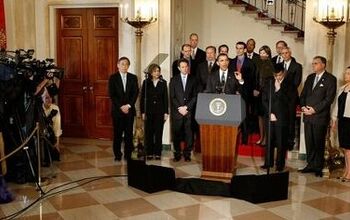
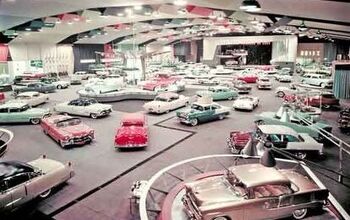


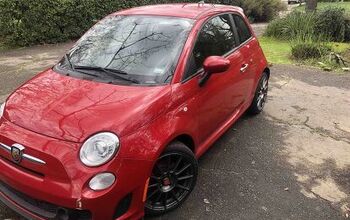


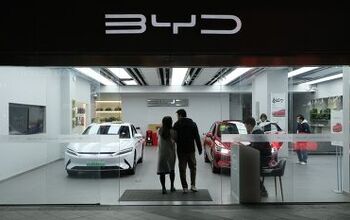


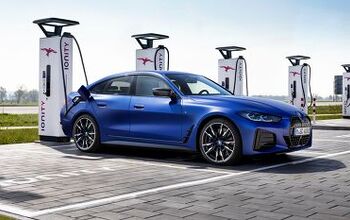



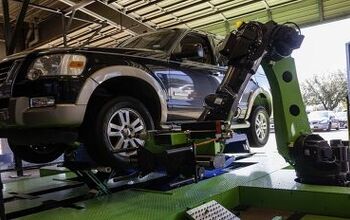
Comments
Join the conversation
Supposedly Kirk borrowed the money to buy his stake in Ford. The value of his other holdings has gone south (particularly his MGM stock), so he may need the cash. The sale of his stake in Ford may say more about HIS financial condition than Ford's. Not every big investor is a Warren Buffett...
While I love your Biblical allusions ("carpocalypse" cracks me up) you do know that "antinomianism" means "anti-law," right? As in believing that the Ten Commandments are not authoritative today. I don't quite understand how the word applies here. Nonetheless, my wife tells me everyday that she absolutely loves her 2008 Ford Edge. Sync is a seriously good system that makes my Acura TL's Handsfreelink look like clunky DOS. I would seriously consider another Ford product on that system alone. Ford ain't dead yet....